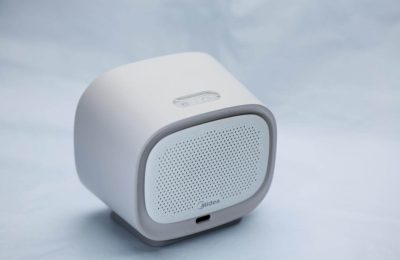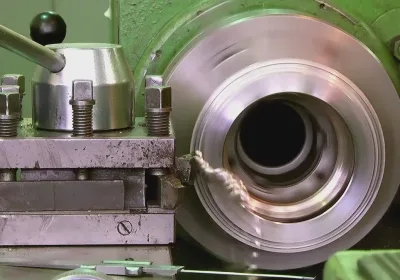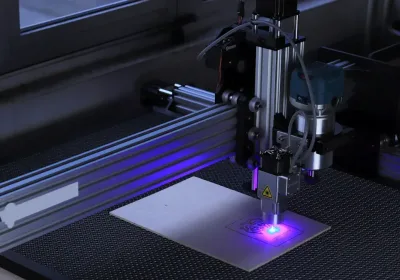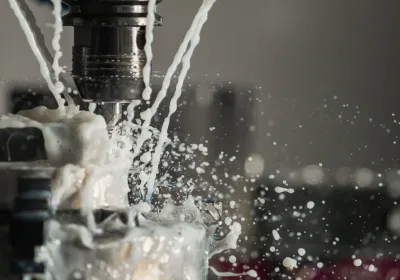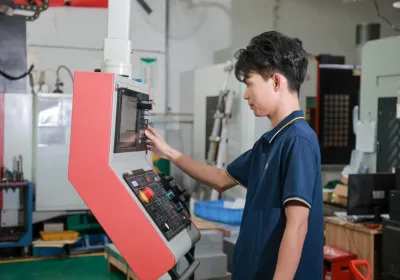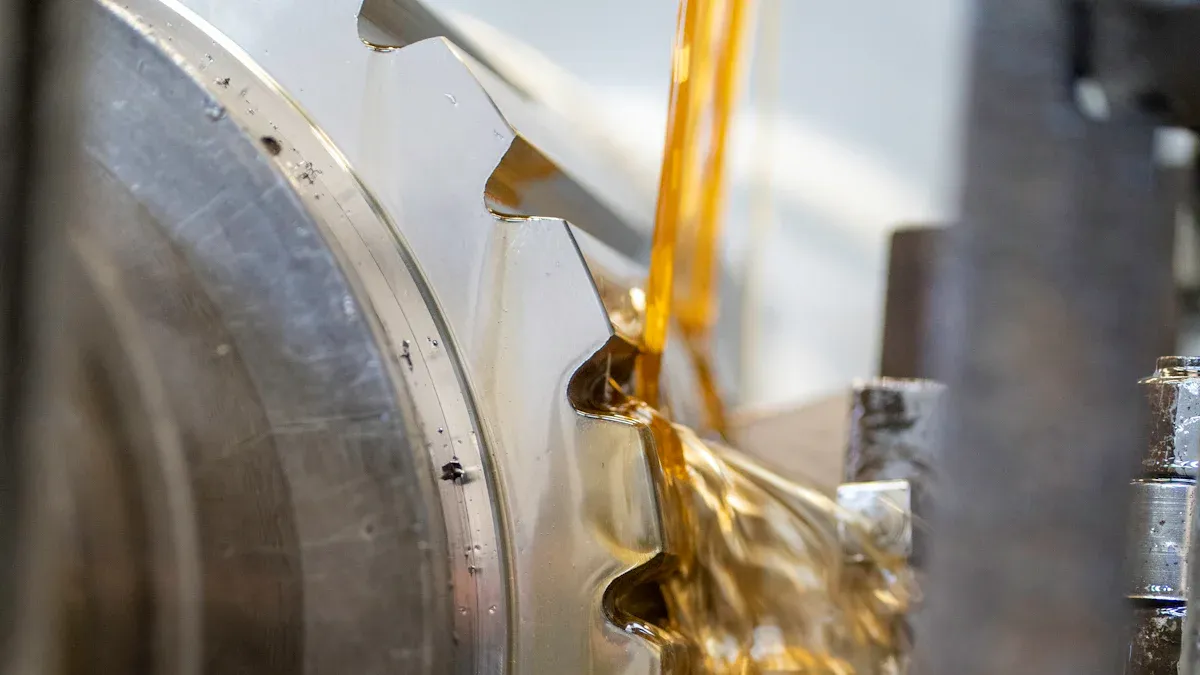
Machining bronze adds great value to your projects. This strong metal lasts long, resists rust, and is easy to shape. Many industries prefer it for these reasons. But, machining bronze can be tricky. Tools can wear out, and heat can build up. Using the right tools and methods solves these problems. Bronze parts are used in boats and electrical systems. They work well because they are strong and dependable. With these special traits, bronze is perfect for making top-quality products.
Key Takeaways
Machining bronze is strong and doesn’t rust, so it lasts long.
Picking the right bronze type makes machining faster and tools last longer.
Using strong tools and coolant stops tools from wearing out or getting too hot.
Knowing how bronze works helps pick the best kind for boats and planes.
Using good methods solves machining problems and improves project results.
Properties of Bronze Alloys
Mechanical and Physical Properties of Bronze
Bronze alloys are strong and useful for many projects. They resist wear, making them last longer in tough conditions. Their strength-to-weight ratio helps them handle heavy loads without breaking. Bronze also resists rust, especially in wet or chemical-filled places like factories or the ocean.
Bronze is great at spreading heat, which keeps tools from overheating during machining. It is also non-magnetic, so it works well where magnets might cause problems. These features make bronze reliable and flexible for CNC machining tasks.
After machining, bronze has a smooth surface, which looks good and works well. Its easy machinability and physical traits help you get accurate and steady results in your work.
Impact of Alloy Compositions on Machining Bronze
The mix of metals in bronze changes how it performs. Adding tin makes it stronger and better at resisting rust. Aluminum makes it harder and less likely to wear out. These changes affect how bronze reacts to cutting tools.
Harder bronze alloys can wear out tools faster. Softer ones are easier to cut but may need extra polishing for a smooth finish. Below is a table comparing bronze and brass to show how their makeup affects machining:
Property | Bronze | Brass |
|---|---|---|
Hardness | Harder, wears tools more | Softer, less tool wear |
Cutting Speed | Slower due to hardness | Faster, easier to machine |
Surface Finish | Great after polishing | Smooth and shiny |
Studies show alloy mixes affect material removal rates (MRR) and tool wear. For example:
Treated copper tools remove material faster and leave a better finish.
Aged CuCr1Zr tools improve MRR with better electrical flow.
Copper and graphite tools work faster and wear less than brass or aluminum.
Knowing these differences helps you pick the right bronze alloy. By choosing the right mix, you can machine better and get great results.
Challenges in Bronze Machining
Working with bronze has many advantages, but it also has challenges. Knowing these problems and how to fix them helps improve your work.
Common Issues in Machining Bronze
Machining bronze can be tricky due to these problems:
Tool Wear: Bronze can wear out tools quickly because it is abrasive.
Chip Removal: Chips may not break easily, causing tangles and safety risks.
Surface Smoothness: Harder bronze alloys make it tough to get a smooth finish.
Thermal Expansion: Heat during machining can make bronze expand, reducing accuracy.
These issues can slow down work and raise costs. But with the right methods, you can solve these problems and save time.
Strategies to Overcome Machining Challenges
To fix these issues, use smart techniques and proper tools. Here are some helpful strategies:
Problem | Solution |
|---|---|
High Abrasiveness | Use carbide tools for faster cutting and longer tool life. |
Chip Problems | Adjust feed rates to avoid tangles and stay safe. |
Work Hardening | Control cutting speeds to stop hardening and tool damage. |
Heat Expansion | Use enough coolant to keep heat low and stay precise. |
Cutting Speed | Cut at 200 feet per minute for phosphor bronze. |
Better Surface Finish | Use emulsion coolant for faster cutting and smoother results. |
Here are extra tips to help:
Tool Choice: Pick coated carbide tools to reduce wear and last longer.
Speed Control: Use medium to high speeds to avoid hardening and cut smoothly.
Coolant Use: Add plenty of coolant to lower heat and improve finishes.
Feed Rates: Change feed rates based on how hard the bronze is to protect tools and remove material better.
By following these steps, you can handle common machining problems and make your bronze projects more efficient.
Industrial Uses of Machined Bronze
Marine and Aerospace Uses
Machined bronze is important in marine and aerospace fields. In the sea, bronze does not rust from seawater. This makes it great for propellers, valves, and bearings. These parts last long and work well in tough conditions. In aerospace, bronze is strong and resists wear. Cadmium bronze is used in turbine blade bushings and bearing sleeves. These parts need to be precise and last a long time.
Studies show more industries now need machined bronze parts. New rules, like the 2023 marine salt spray test, require over 1,000 hours of testing. This ensures bronze parts work better in salty water. In aerospace, Airbus uses ultrasonic tests to find flaws in bronze parts. These changes make companies improve their tools and methods. This helps them meet strict quality rules.
Electrical and Mechanical Uses
Bronze machining is also great for electrical and mechanical jobs. Phosphor bronze is used in connectors, busbars, and switches. It conducts electricity well and does not wear out easily. For example, cadmium bronze busbars must meet 75% IACS conductivity at 20°C. This meets new IEC rules and makes them reliable for high-power systems.
In machines, bronze is strong and easy to shape. It is used for gears, bushings, and fasteners. Bronze handles heavy loads and reduces friction, making parts work better. Smooth finishes from machining also lower maintenance needs. Picking the right bronze alloy and tools helps create strong, efficient parts for tough jobs.
Working with bronze gives great advantages for your projects. It is strong and lasts long, even in tough conditions. Bronze is easy to shape, helping you make accurate parts quickly. Its flexibility makes it useful in many industries like marine and aerospace.
Using bronze means you get reliable and long-lasting results. Whether you need sturdy gears, rust-proof bearings, or good electrical parts, bronze works well. Discover how using bronze can improve your projects today.
FAQ
What tools are best for cutting bronze?
Carbide tools work great for cutting bronze. They last longer and handle bronze's roughness well. Coated carbide tools also improve cutting accuracy.
How can you stop overheating while machining?
Use lots of coolant to keep things cool. Coolant helps tools and bronze stay at the right temperature. This prevents heat problems and keeps cuts precise.
Can all bronze types be machined?
Yes, but different types act differently. Harder bronze wears tools faster. Softer bronze needs more polishing. Pick the right type for your project.
Why is bronze good for sea use?
Bronze does not rust in seawater. This makes it perfect for sea parts like propellers and valves. It lasts long even in tough conditions.
How do you make bronze surfaces smooth?
Use emulsion coolant and adjust speeds for better results. After cutting, polish the surface to make it smooth and shiny.
 LKprototype
LKprototype

